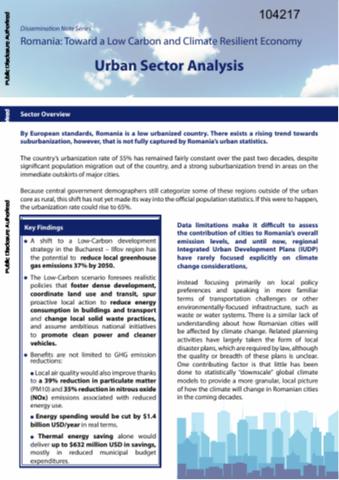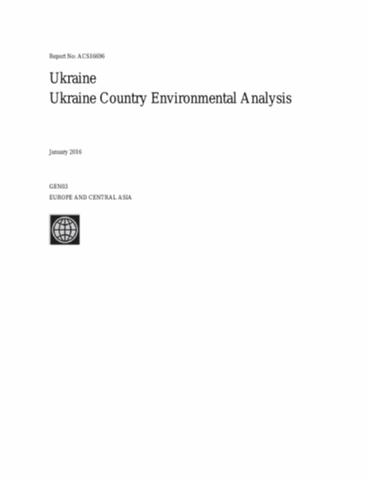Fencing elephants: The hidden politics of wildlife fencing in Laikipia, Kenya
Conservation is a fundamentally spatial pursuit. Human–elephant conflict (HEC), in particular crop-raiding, is a significant and complex conservation problem wherever elephants and people occupy the same space. Conservationists and wildlife managers build electrified fences as a technical solution to this problem. Fences provide a spatial means of controlling human–elephant interactions by creating a place for elephants and a place for cultivation. They are often planned and designed based on the ecology of the target species.






